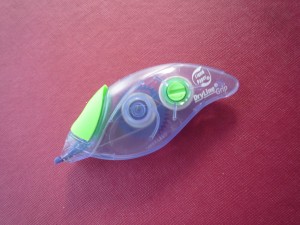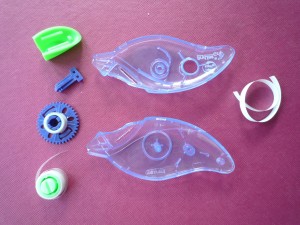Waste
The latch on our dryer door broke. The door dropped on it’s hinges and the strike and latch did not meet any more. The cause turned out to be two broken location tabs in the door frame. OK, apart from apportioning blame for why they broke, the solution is simple; order new outer door frame, take the whole door apart, reassemble, tighten all screws, done.

Location tab – makes sure hinges and door are aligned
I order the latch plus the outer ring to the door, where the location tabs were before they broke. Bit surprised at the cost; around the $100, finally got it for about $85.
It arrives and includes the whole door assembly! Can’t buy the individual parts. And so the rest of the door goes into the recycling. Waste!

All headed to the recycle bin…
We really need:
Better industrial design – why build in a tab so flimsy that it is guaranteed to snap?
Simple replacement parts – I know the corporations make profit on spares and it’s difficult to store and ship individual, smaller items. But does the waste not count for anything? Do I have to add to the growing pile of plastic trash?
—
Which brings me to another thing; all those beautifully designed office items – mechanical pencils, white-out dispensers and the like. They are well designed, easy to use, attractive, functional, cheap. When they run out of leads or eraser tape, or whatever, they go into the trash. Do we really have to do that? Why is a packet of leads more expensive than a mechanical pencil already filled with leads? Why is there no option at all of a white tape refill?


And how can a package of 4 butane lighters possibly be sold for $5? All of it destined for the trash once the butane runs out. These units are actually refillable, but the butane refill costs more than the whole pack.

All trivial in the larger scheme. But really?
Posted: August 19th, 2017 under Uncategorized.

Leave a Reply
You must be logged in to post a comment.